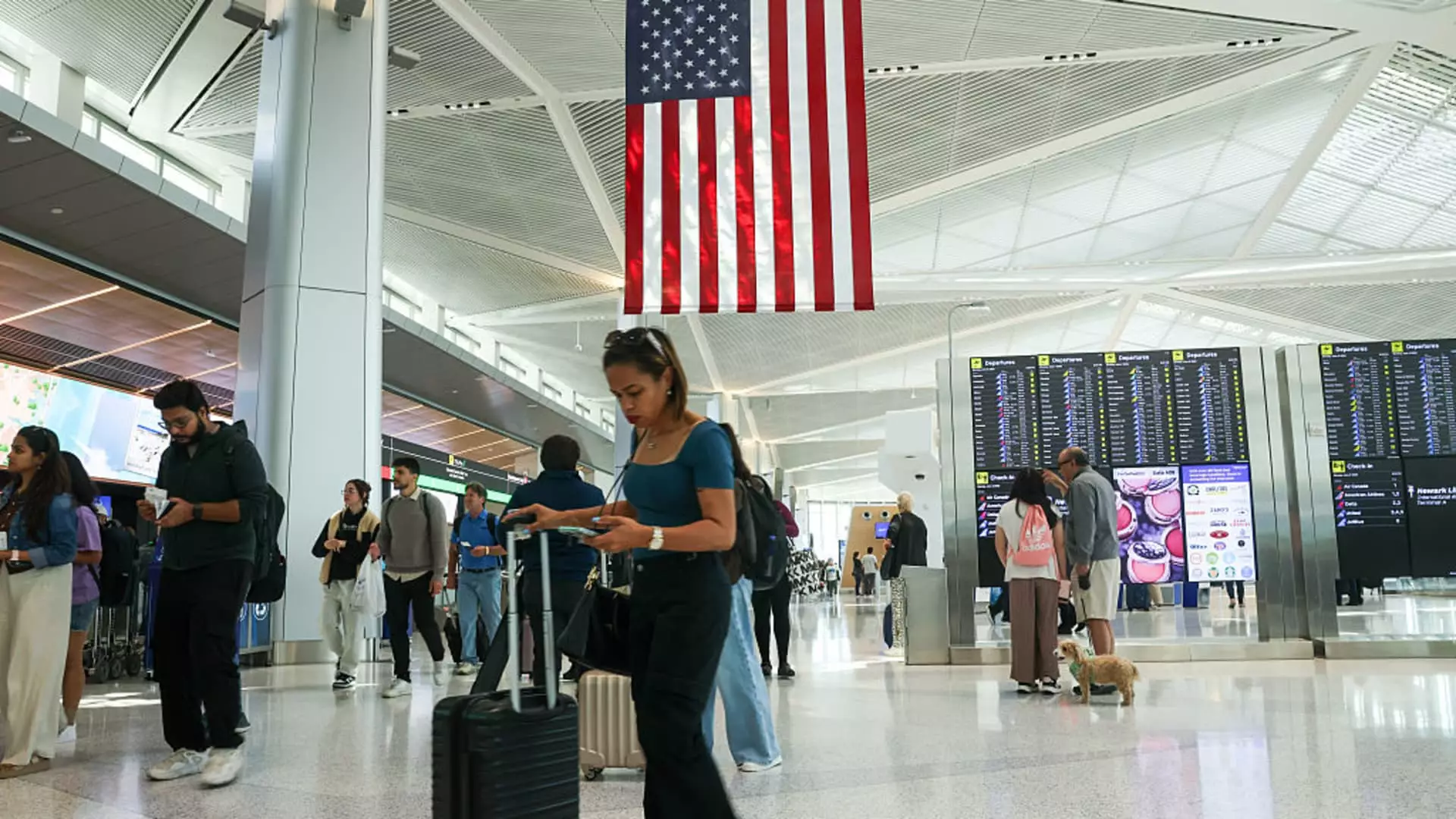Every summer, the promise of travel peaks, colors the skies with hopeful bookings, and bolsters the airline industry’s optimism. Yet beneath this veneer of activity lies a troubling undercurrent: the industry’s fragile grip on sustainability. While headlines shout about millions taking to the skies over July 4th, a deeper, more disconcerting reality persists. Airlines are offering discounts as if summer’s excess inventory could somehow be salvaged, but this only reveals their desperate attempt to mask an enduring demand deficit. The fact that domestic fares are still at their lowest since 2021 signals that the travel appetite, once expected to surge, is actually waning or at best stagnating.
What’s most disconcerting is how airlines seem to be oscillating between optimism and concern, caught in a limbo of market hesitation. The industry’s strategic response—cutting unprofitable flights, scaling back on off-peak routes—underscores an unsettling truth: the revenue streams are not meeting expectations, and the economic forecast remains murky. The industry’s reliance on peak-season profits to sustain itself through leaner months is increasingly risky, especially when demand has proven to be so tepid. Flight discounts and lowered fares do little more than paper over deeper systemic vulnerabilities.
Economic Shadows Cast Over the Industry
The broader economic context further confounds airline prospects. Despite relatively resilient employment figures in the U.S., airline revenues paint a less rosy picture. Declines in air travel spending, recurrent over several months, hint at consumer caution—perhaps even apprehension about larger economic stability. The drop of nearly 12% in airline-related spending is not trivial; it signals a shift in consumer priorities and a potential withdrawal from discretionary travel.
This hesitance is compounded by geopolitical uncertainties—tariff disputes, inflation fluctuations, and strained international relations—that continue to threaten international travel, which has historically been a growth pillar. The easing of fares to Europe and Asia, aligning somewhat with 2019 levels, might seem positive on the surface, but it also reflects a necessity to attract more customers at lower prices instead of a natural market recovery. The international travel sector, while showing some resilience, remains highly susceptible to external shocks, leaving airlines vulnerable to unpredictable demand fluctuations.
The Future Looks Less Certain Than Ever
While airlines initially forecasted a strong second and third quarter, recent trends suggest they are preparing for a different reality. Capacity cuts and flight cancellations are now part of strategic planning—not just as cost-cutting measures but as a recognition that demand may never fully bounce back to pre-pandemic levels. This cautious approach indicates a preparedness for long-term adjustment rather than short-term recovery.
The upcoming earnings reports from major carriers will be a litmus test for whether the industry’s optimism is justified or merely wishful thinking. The signs are ambiguous; economic data points to resilience, but consumer behavior and demand patterns tell a different story. If airlines continue to expand capacity without seeing corresponding demand, they risk deepening their financial vulnerabilities, further exacerbating the cyclical instability that has defined their recent history.
Ultimately, the airline industry finds itself at a crossroads—torn between fleeting summer cheer and the sober realization that a sustained recovery may be elusive. The current lull, characterized by heavy discounts and cautious capacity management, signals a deeper structural challenge: reimagining what post-pandemic air travel can and should look like in a world where economic confidence remains fragile and consumer appetites are increasingly cautious.

Leave a Reply